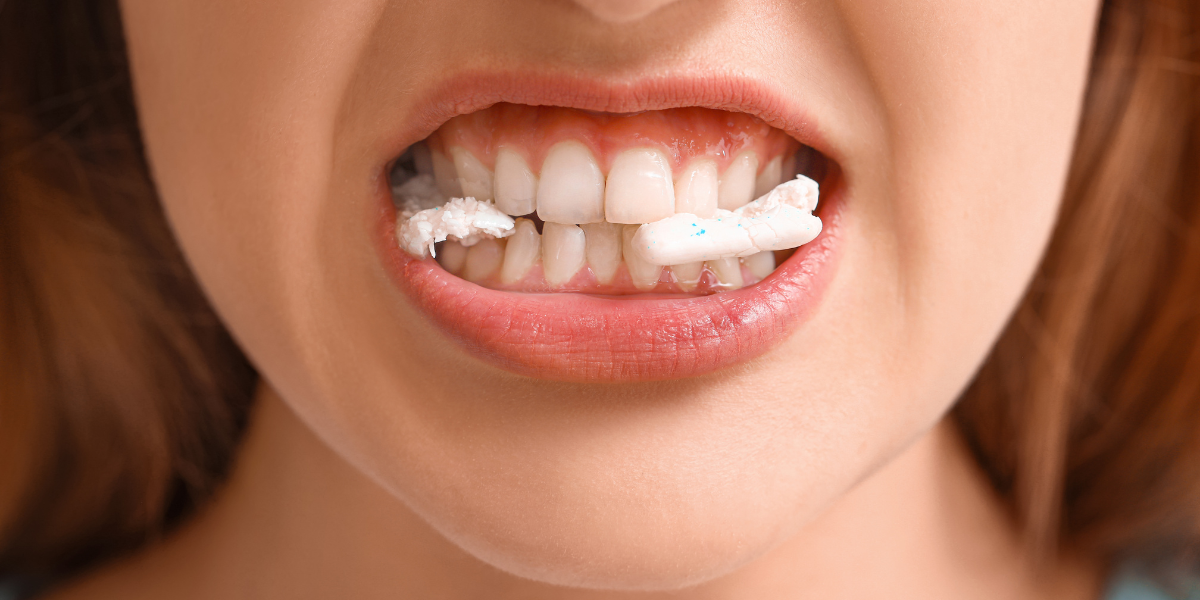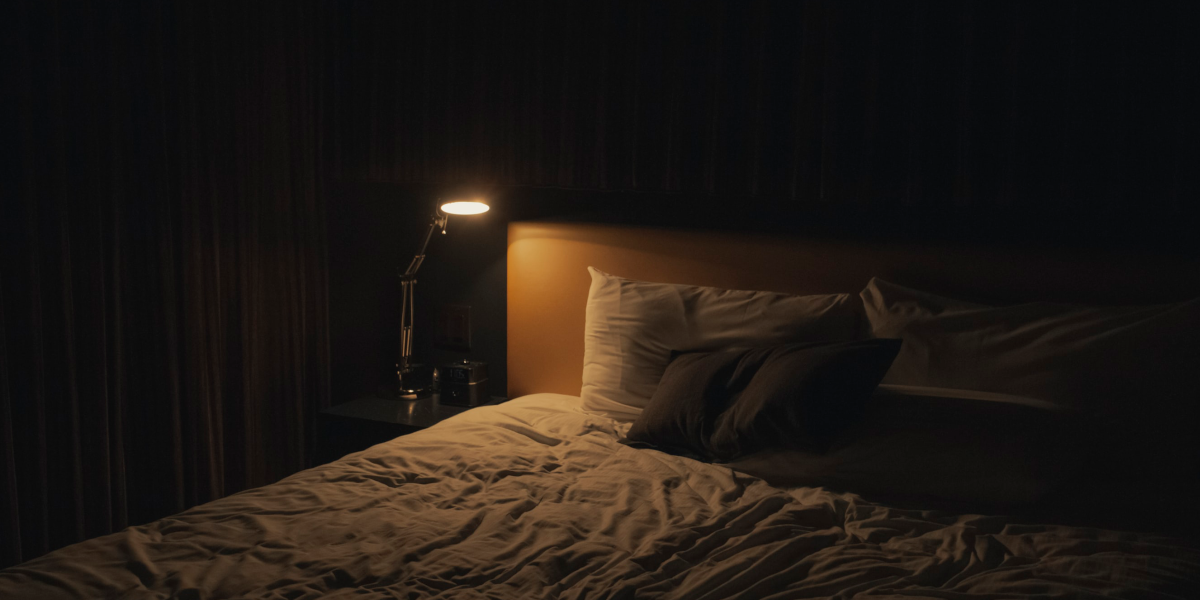
Is It A Pet Peeve or Misophonia?
Would you rather listen? Click the arrow above. Ready to read? Scroll on.
Pet peeves. We all have them, little annoyances we love to hate: pet hair, slow drivers, litterbugs, loud talkers, clapping when the plane lands, braggers, bad tippers. But if repetitive noises, such as foot tapping, pen-clicking, interrupting conversations, water dripping, clocks ticking, and quite commonly, loud smacking or chewing at mealtimes, make you erupt in anger, you may be one of thousands of adults suffering from misophonia, a recently recognized mental disorder that can lead to frustration or feelings of rage at trigger sounds or stimuli.
Is it Rare?
Misophonia is estimated to affect 15% to 20% of adults, according to studies performed in the United States, the UK and this large-scale review from the Netherlands. For men and women living with this disorder, trigger sounds affect how they see themselves, their environments, and their relationships at work and at home.
What distinguishes misophonia from being just plain annoyed is how aversively and impulsively people respond to their trigger sounds. People who are annoyed may ask a person who is aggravating them to stop, or may leave the room, or might find a way to bring humor or distraction to the situation. People with misophonia react suddenly and strongly with irritation, anger, or visible disgust when faced with specific, repetitive sounds.
It can be hard on couples and families. People with misophonia may feel trapped, panicked, or helpless around trigger sounds, and they or their partners may then assign blame for the strong reactions those sounds elicit. People experiencing misophonia often genuinely believe their spouse or partner is intentionally making sounds to anger them. Sometimes the disorder begins with a specific individual making a noise that elicits strong reactions, but it then develops into being triggered by more people and more sounds.
Causes & Treatments
Because of the overlap in related symptoms, such as outbursts and hypersensitivity, misophonia can be misunderstood and misdiagnosed as anxiety, bipolar disorder, or obsessive compulsive disorder (OCD). However, studies indicate that it is a singular disorder related to structures in the brain that encode the significance of sounds and that may disrupt connectivity between sound stimulation and the brain’s fight/flight/or freeze response. It has both a psychological and a physical component, and may require approaches for treatment that address both emotional and physical issues.
Cognitive behavioral therapy has been the most widely used and effective treatment option for reducing the severe symptoms of misophonia, including rage, panic, and sensitivity to sound.
Counter-conditioning treatment for misophonia is also being explored for long-term effectiveness. Therapists introduce a positive auditory stimulus (like pleasant music) with a paired negative stimulus (like noisy chewing) and then coach people through progressive muscle relaxation exercises to mitigate the usual stressful response. The treatment may take as few as 7 or as many as 24 sessions, according to one study, but positive results were still being seen 10 months after sessions had ended. The study also indicated that trigger noises induce an immediate physical response (like rage), followed by an emotional response, and that repeated exposure conditions cause people with misophonia to react forcefully.
Other interventions that may make living with misophonia more manageable include exposure therapy, acceptance and commitment therapy (ACT), dialectical behavior therapy (DBT), and eye movement desensitization and reprocessing (EMDR). Because CBT has been well received in one-on-one settings, counselors are now experimenting with group CBT, where small cohorts can work together on techniques for reducing their reactive responses to stimuli and increasing their ability to concentrate on finishing tasks to completion, despite distractions and heightened emotions.
Psychiatrists are also exploring symptom reduction using targeted medications, including stimulants, anti-psychotics, serotonin reuptake inhibitors (SSRIs), MDMA, and beta blockers, as well as the combination of talk therapy and medication.
Audiologists and occupational therapists can help people with misophonia address their auditory issues. They may suggest soft foam earplugs for brief periods, such as during test taking or when trying to sleep, but do not advise constant use of earplugs, as their use over time may actually lead to increased sensitivity to trigger sounds. They do recommend noise-canceling headphones and earbuds, especially those designed to mask repetitive sounds.
Therapy is an important part of learning to live with misophonia. Working one-on-one to address auditory triggers is vital, but family or couples counseling may help others understand that the rage and frustration exhibited by people with misophonia doesn’t need to involve fear, blame, shame, or avoidant behavior. Meet a Lifeologie Counselor near you to explore techniques for creating a well-balanced life at work and at home.

About Lifeologie
Lifeologie Counseling was founded in 2000 with one goal in mind — to bring a fresh, innovative approach to the everyday problems of life. Creative solutions to stuck problems®. With our unique multi-specialty, collaborative approach, Lifeologie Counseling helps individuals and families heal their wounds and break out of old, unhealthy patterns.




